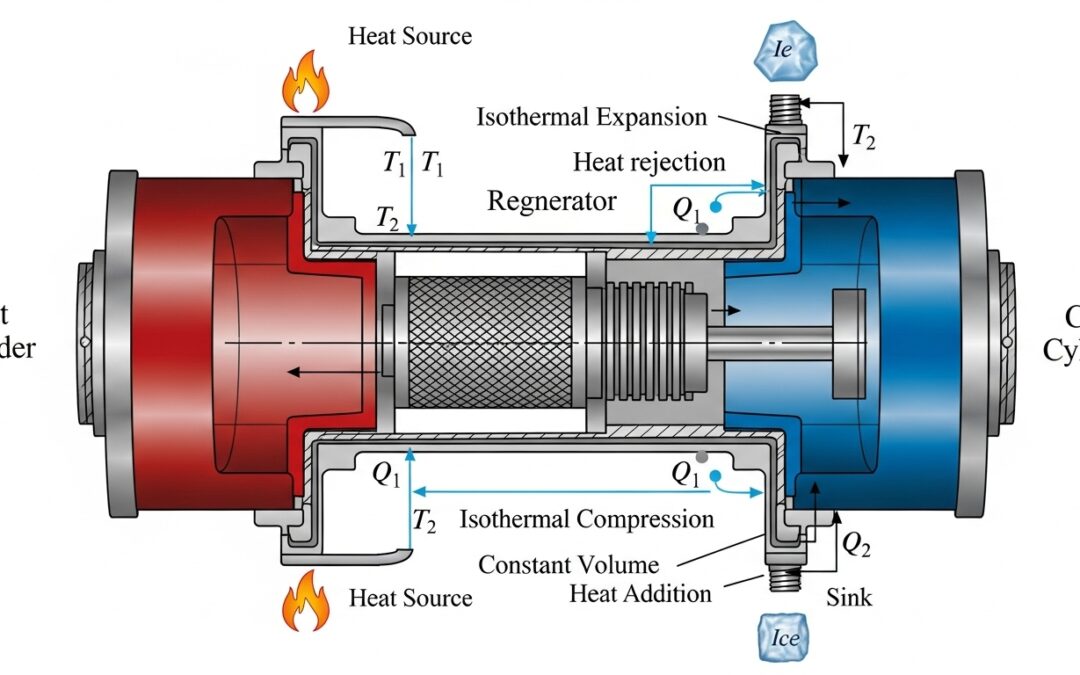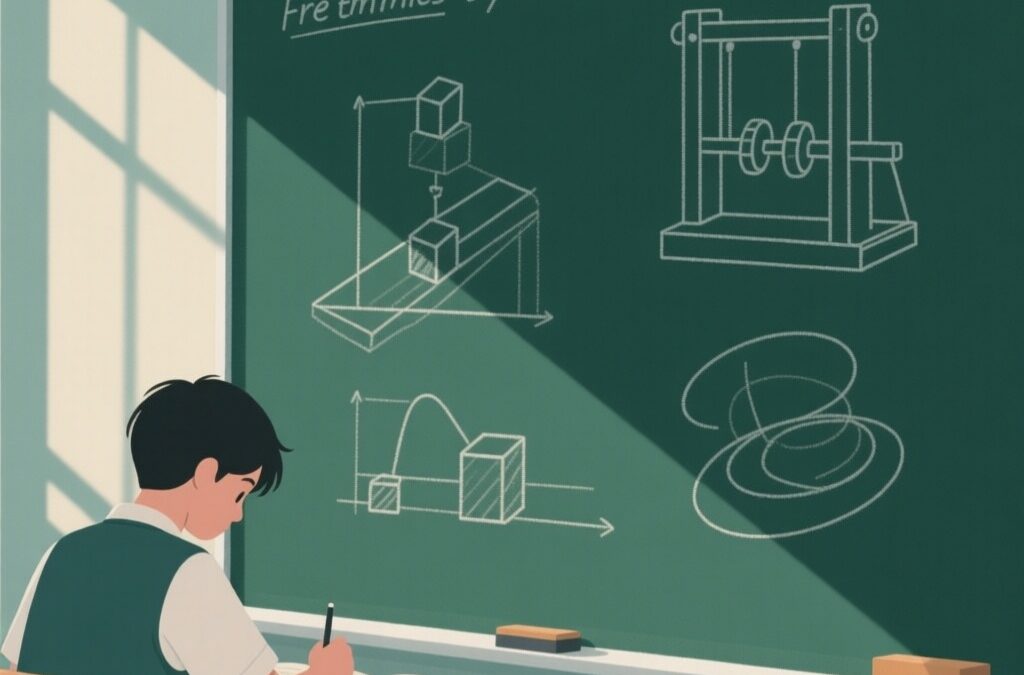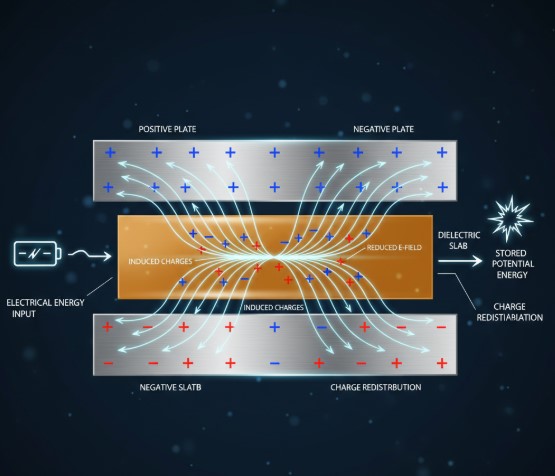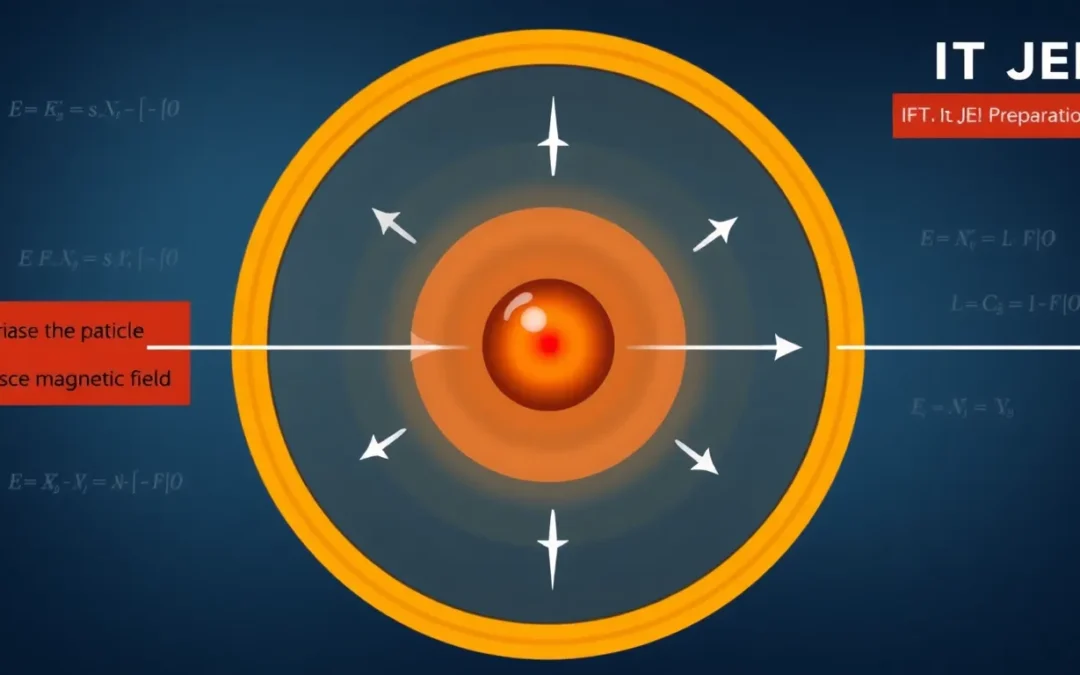The world of physics reveals itself in the dance of light, a captivating subject in the IIT JEE. Understanding the principles of lenses, mirrors, and refraction is crucial for excelling in the exam. This article will guide you through the essential concepts and numerical problems, offering a clear path to success.
Table of Contents
Read More
Mastering Optics for IIT JEE — Theory, Formulas, and Numerical Strategies
Optics is the branch of physics that studies the behavior of light. In the context of IIT JEE preparation, optics combines conceptual understanding with problem-solving mastery. Light’s journey through mirrors, lenses, and different media highlights fundamental physical principles such as reflection, refraction, and image formation. Excelling in this topic requires both theoretical clarity and rigorous practice with numerical problems.
Ray Optics Fundamentals
In ray optics, light is modeled as straight-line rays. This approximation effectively explains:
- Reflection: The bouncing of light from surfaces.
- Refraction: The bending of light at media boundaries.
- Image formation: How mirrors and lenses create real or virtual images.
This model is sufficient for analyzing most JEE-level optics numericals.
Reflection and Refraction
Reflection follows the law: angle of incidence = angle of reflection. Plane mirrors produce virtual images of the same size, while concave and convex mirrors can form real or virtual images depending on object position.
Refraction is governed by Snell’s law:
### n_1 \sin\theta_1 = n_2 \sin\theta_2 ###
This relation connects incident and refracted angles to refractive indices. Light bends toward the normal when entering a denser medium and away from the normal when entering a rarer medium.
Lenses and Mirrors
Convex lenses converge rays and can produce real or virtual images depending on the object’s location, while concave lenses always diverge rays, giving virtual, diminished images. Their formula is:
### \tfrac{1}{f} = \tfrac{1}{v} – \tfrac{1}{u} ###
For mirrors, the corresponding formula is:
### \tfrac{1}{f} = \tfrac{1}{v} + \tfrac{1}{u} ###
Sign conventions (direction of distances and focal lengths) are critical to correct results.
Magnification
The size and orientation of images are described by:
### m = -\tfrac{v}{u} ###
Positive magnification implies an upright, virtual image; negative magnification indicates an inverted, real image.
Advanced Concepts
- Combination of lenses: Effective focal length is given by ### \tfrac{1}{F} = \tfrac{1}{f_1} + \tfrac{1}{f_2} + … ###.
- Lens power: Defined as ### P = 1/f \; (\text{in meters}) ###, measured in diopters.
- Refraction at spherical surfaces: ### \tfrac{n_2}{v} – \tfrac{n_1}{u} = \tfrac{n_2 – n_1}{R} ###.
Strategies for Solving Numericals
- Always start with a clear, labeled diagram.
- Apply the correct sign convention consistently.
- Check formulas before substitution and track units carefully.
- Practice a wide range of problems — simple, medium, and advanced.
- Manage exam time by moving past stuck problems and revisiting later.
Summary Table of Core Optics Formulas
| Concept | Formula | Application |
|---|---|---|
| Reflection | Angle of incidence = Angle of reflection | Image formation by plane and curved mirrors |
| Refraction (Snell’s Law) | ### n_1 \sin \theta_1 = n_2 \sin \theta_2 ### | Ray bending in prisms, lenses, and media changes |
| Lens Formula | ### 1/f = 1/v – 1/u ### | Image formation by convex/concave lenses |
| Mirror Formula | ### 1/f = 1/v + 1/u ### | Image formation by concave/convex mirrors |
| Magnification | ### m = -v/u ### | Image size and orientation (real vs virtual) |
| Power of Lens | ### P = 1/f \; (\text{m}) ### | Optical instruments, eyeglasses |
| Combination of Lenses | ### 1/F = 1/f_1 + 1/f_2 + … ### | Microscopes, telescopes |
| Refraction at Spherical Surface | ### \tfrac{n_2}{v} – \tfrac{n_1}{u} = \tfrac{n_2 – n_1}{R} ### | Curved refractive boundaries (water droplets, glass spheres) |
Key Takeaway
To master optics for IIT JEE, one must blend conceptual clarity with problem-solving discipline. Reflection, refraction, lens/mirror formulas, and magnification form the backbone, while advanced topics like lens combinations and spherical refraction sharpen accuracy. Consistent practice, careful diagrams, and systematic use of formulas will ensure confidence and precision in the exam.
We also Published
RESOURCES
- 66- Geometrical Optics JEE Advanced Previous Year Questions …
- Which is the best book for optics for jee? – Quora
- 5 | Geometrical / Ray Optics | Physics for IIT – JEE Advance & Main
- IIT JEE advanced Physics -Ray Optics – Study Materials
- 1 | Geometrical / Ray Optics | Physics for IIT JEE Main & Advanced
- Can I skip ray optics for IIT JEE? – Quora
- 100 best IIT-JEE Physics PYQs || Geometrical Optics || IIT-JEE 1997 …
- Ray Optics – Study Material for IIT JEE | askIITians
- Ray Optics | IIT JEE Wiki | Fandom
- Iit Jee Super Course In Physics: Optics And Modern Physics [PDF …







0 Comments